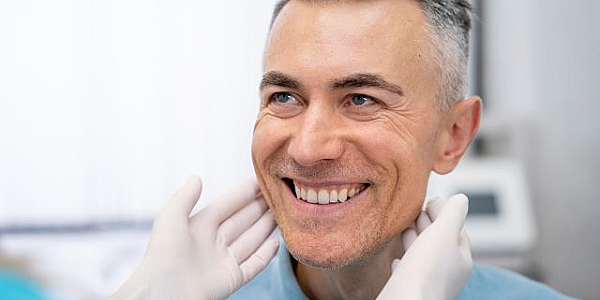Damaged or traumatized teeth? Dental treatment with the help of the dental pivot will save your teeth
Have you kept postponing the visit to the dentist and woke up, in a few months, with severe pain, and it seems that there is nothing left to save from the infected tooth? Have you been in an accident, soldier with damaged teeth? For such cases, dentists propose solving the problem with the help of a dental pivot, useful when the teeth have suffered major trauma, fractures or are in a too advanced stage of decay. Likewise, it is recommended for teeth with a dental crown that is not completely destroyed, but whose walls are too thin and fragile.
Construction of a dental pivot
Unlike a dental implant, which permanently replaces the root of the tooth, the pivot has more of a support function, when there are tooth roots that can still be used, but there is not enough tissue.
It is built from a secure piece, which has two parts: the first is inserted up to three quarters into the roots, and the other, similar to a polished crown, remains above the gum.
The dental pivot can be constructed from many types of materials, but the most common are metal and fiberglass. Respectively, depending on the material of the construction, the method of fixing them also differs, the metal will be screwed with the help of special tools, while the fiberglass will be cemented with the help of photopolymer materials.
The doctors of the dental clinic in Bucharest DentArbre recommend the dental pivot made of glass fiber, because it offers the highest level of dental aesthetics, has an elasticity close to the natural tissue of the tooth and is easy to handle.
In which cases is a dental pivot absolutely necessary (concrete situations)?
Fractured or destroyed dental crown Modern prosthetic works have an impressive resistance. However, dental crowns are not invincible – when the dental crown is partially destroyed but there is still a viable root, a dental pivot will be just the right solution. It will be made to support future dental reconstruction work. Destroyed dental tissues Even if sometimes the decay has not managed to destroy the tooth permanently, the lack of prompt dental treatment can result in the remaining walls being too thin or fragile. The tissues will be restored with the help of a dental pivot.
What are the cases in which the dental pivot is NOT recommended?
The doctors of Dentarbre dental clinic mention a number of cases when opting for the dental pivot is not recommended:
When the tooth has high mobility - the unstable root is a problem that cannot be solved with a pivot. If the fracture of the tooth reaches below the level of the gum - it is possible that the root is not strong enough. The need for endodontic treatment - first it is sanitized the canals perfectly, then the dental treatment continues. When there are some inflammations and abscesses at the level of the gum.
In the end, the professionalism of the dentist, the right treatment strategy and the right materials matter most. Most contraindications are temporary and can be resolved with quality dental services.



